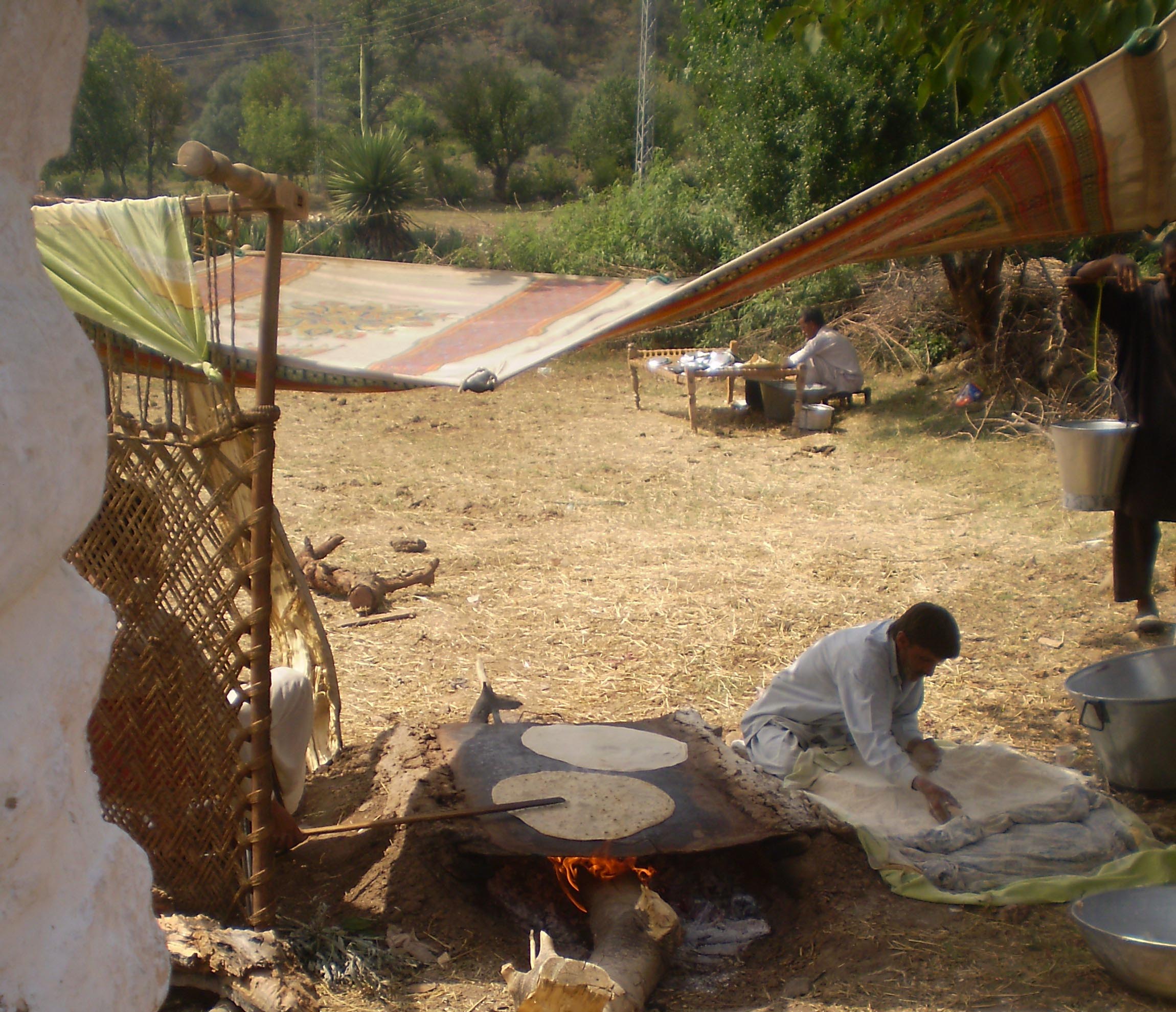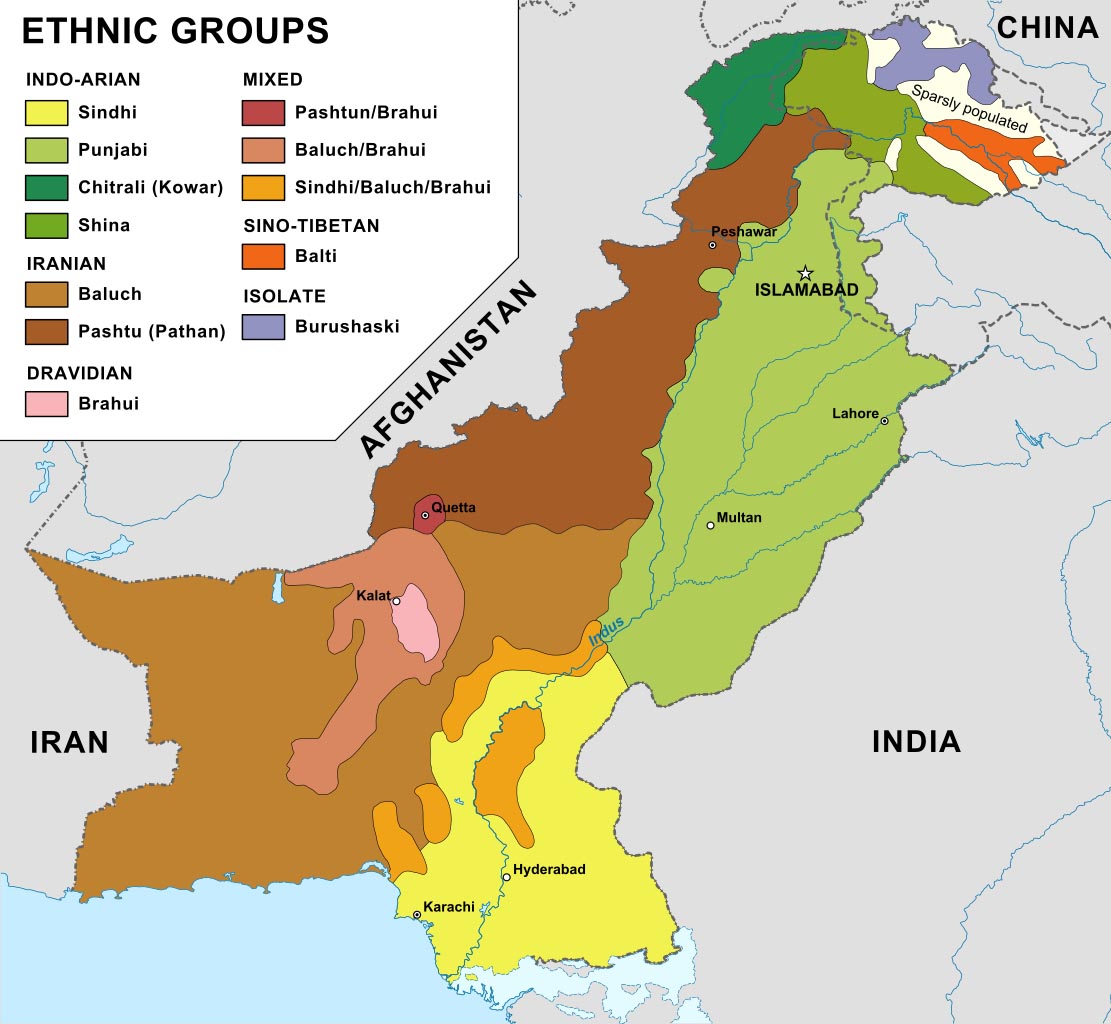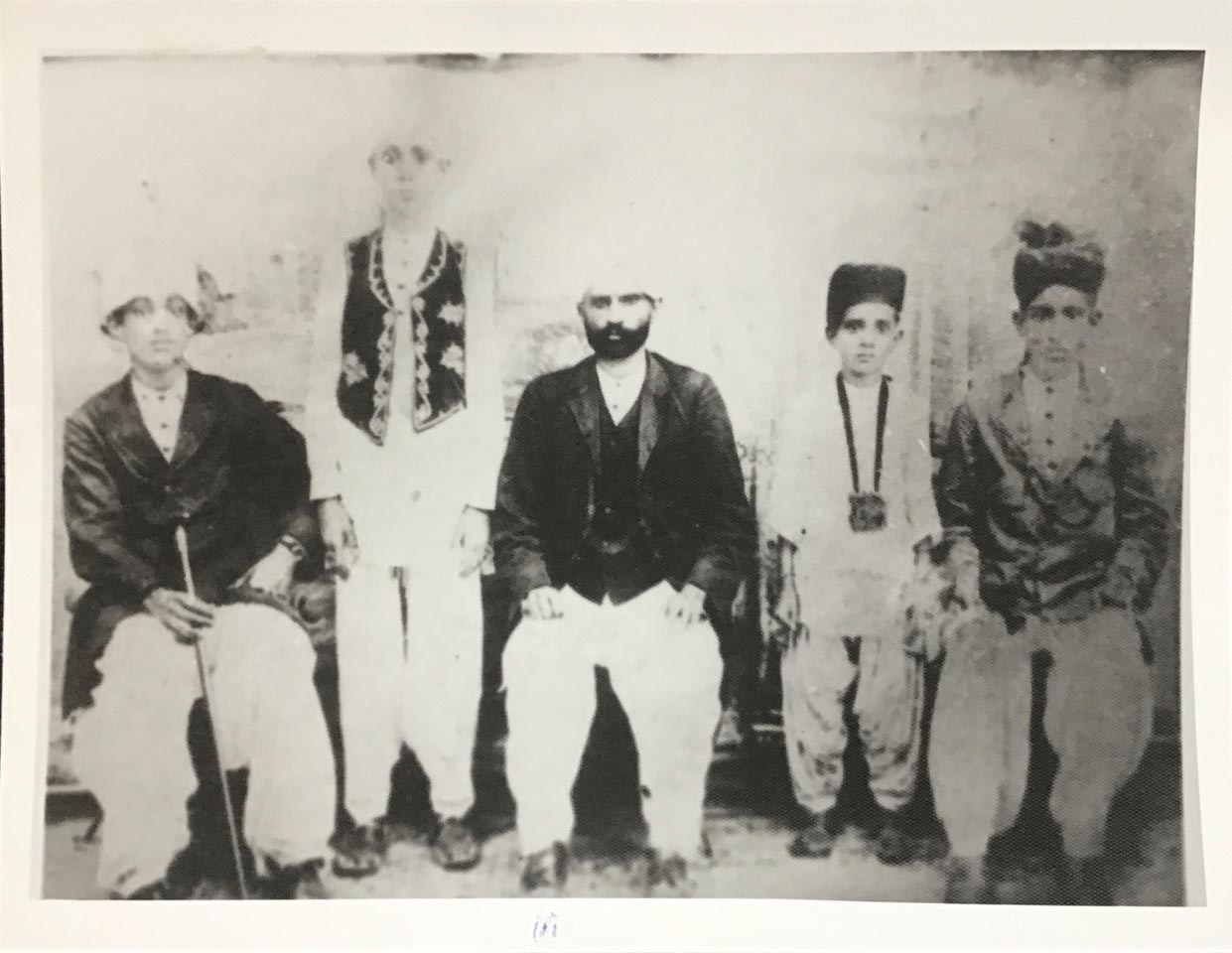Native Nations
The Survival of Indigenous Peoples, 4th Edition
Potohari Punjabi of Pakistan
Below are resources related to Stephen M. Lyon's “Potohari Punjabi of Pakistan” chapter of Native Nations: The Survival of Indigenous Peoples, 4th Edition, edited by Sharlotte Neely and Douglas W. Hume.
Agencies & Organizations
- Institute for the Study of Muslim Civilisations – Aga Khan University
- Potohari – The Art & Craft Village
- Punjabi Studies at University of British Columbia
Discussion Questions
- Explain the cultural changes that have occurred among the Punjabi due to external forces on them.
- Describe the threats to Punjabi cultural survival by outsiders in their recent history.
- Language is often important in an Indigenous People’s identity. What effect will likely result from the declining use of the Punjabi Potohari dialect?
- Speculate on what could be done to reverse the decline.
Documentary Films
- Final Assault
- Indus Blues
- It Happens Only in Pakistan
- Like Children’s Eyes – “A short video about Bhaloti children. This has no dialogue or voice over. It’s a compilation of footage I took in the late 1990s that was put together by a former student of mine (Maria Kastrinou). Maria gets full directing and producing credit—all I did was take video of little kids on demand in the village. She worked as an intern for me over a summer and I have her access to all my video footage to code. Her ‘reward’ (apart from the internship funding) was that she could make short films out of any of the video.” — Stephen Lyon
- Pakistani Wedding in the Mountains
Further Reading
- Ashutosh, Varshney. 1983. "Ethnic and Religious Conflicts in India." Cultural Survival Quarterly Magazine 7 (3). https://www.culturalsurvival.org/publications/cultural-survival-quarterly/ethnic-and-religious-conflicts-india.
- Lyon, Stephen M. 2004. An Anthropological Analysis of Local Politics and Patronage in a Pakistani Village. Edwin Mellon Press.
Contemporary Potohari Punjabi

Ethnic Groups of Pakistan

Potohari Punjabi Ethno-historical Photograph

Get the Book!
Our book, Native Nations: The Survival of Indigenous Peoples, 4th Edition, is now available for purchase!